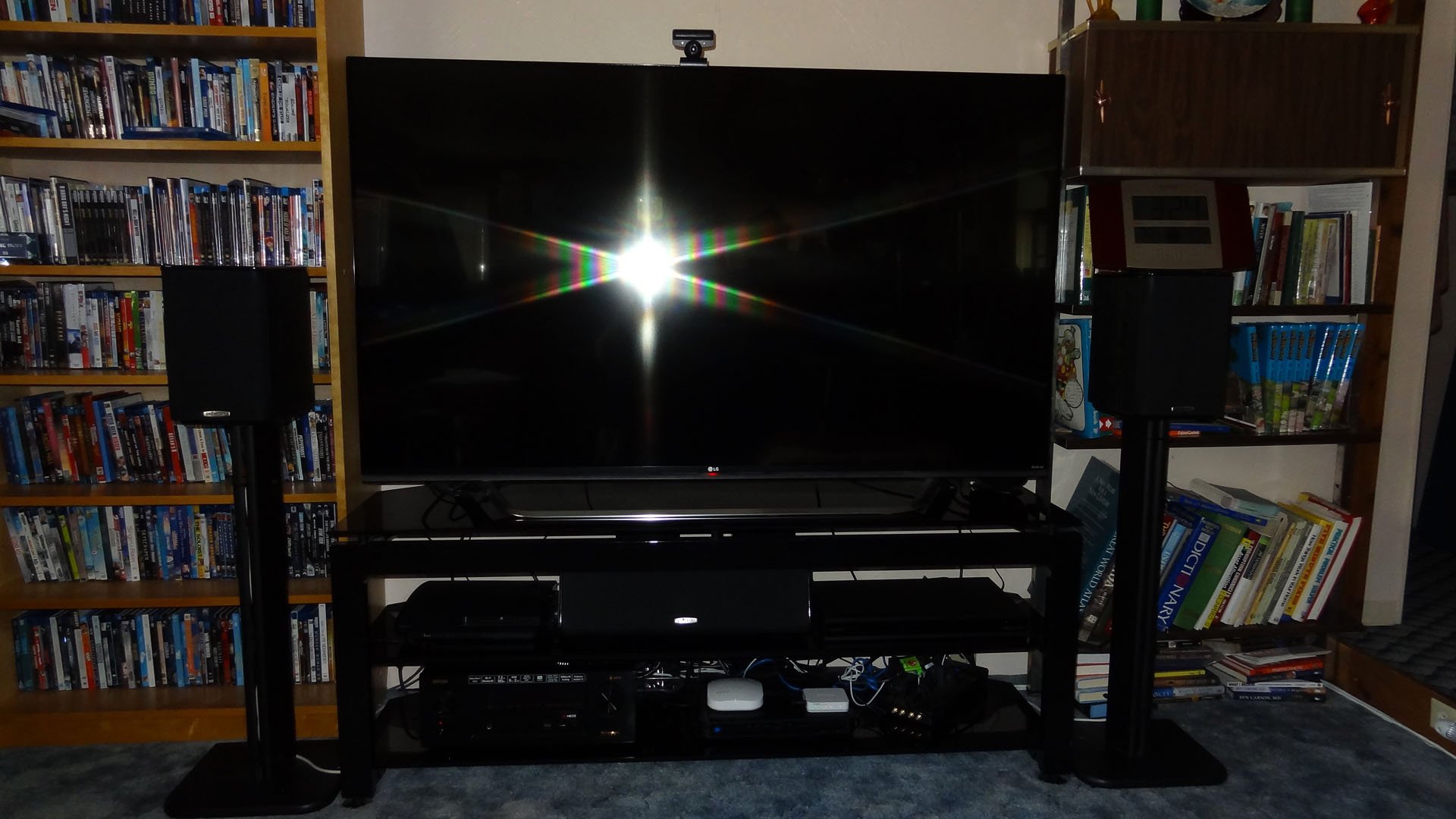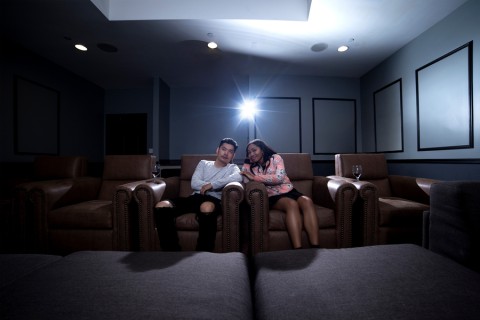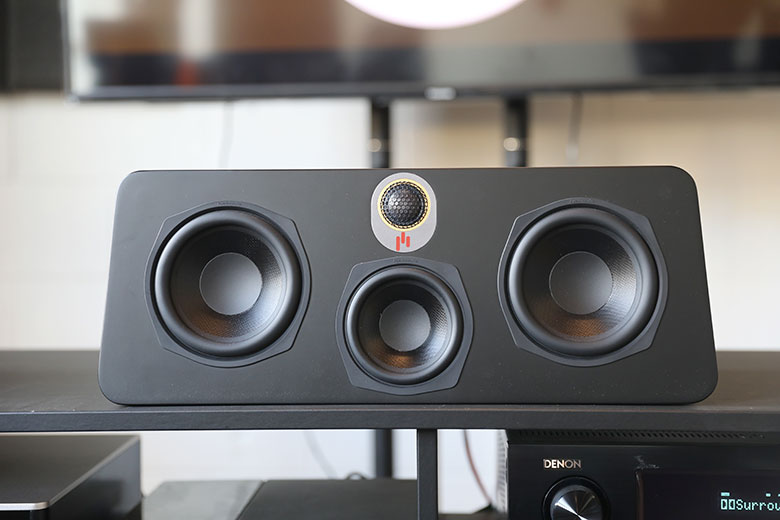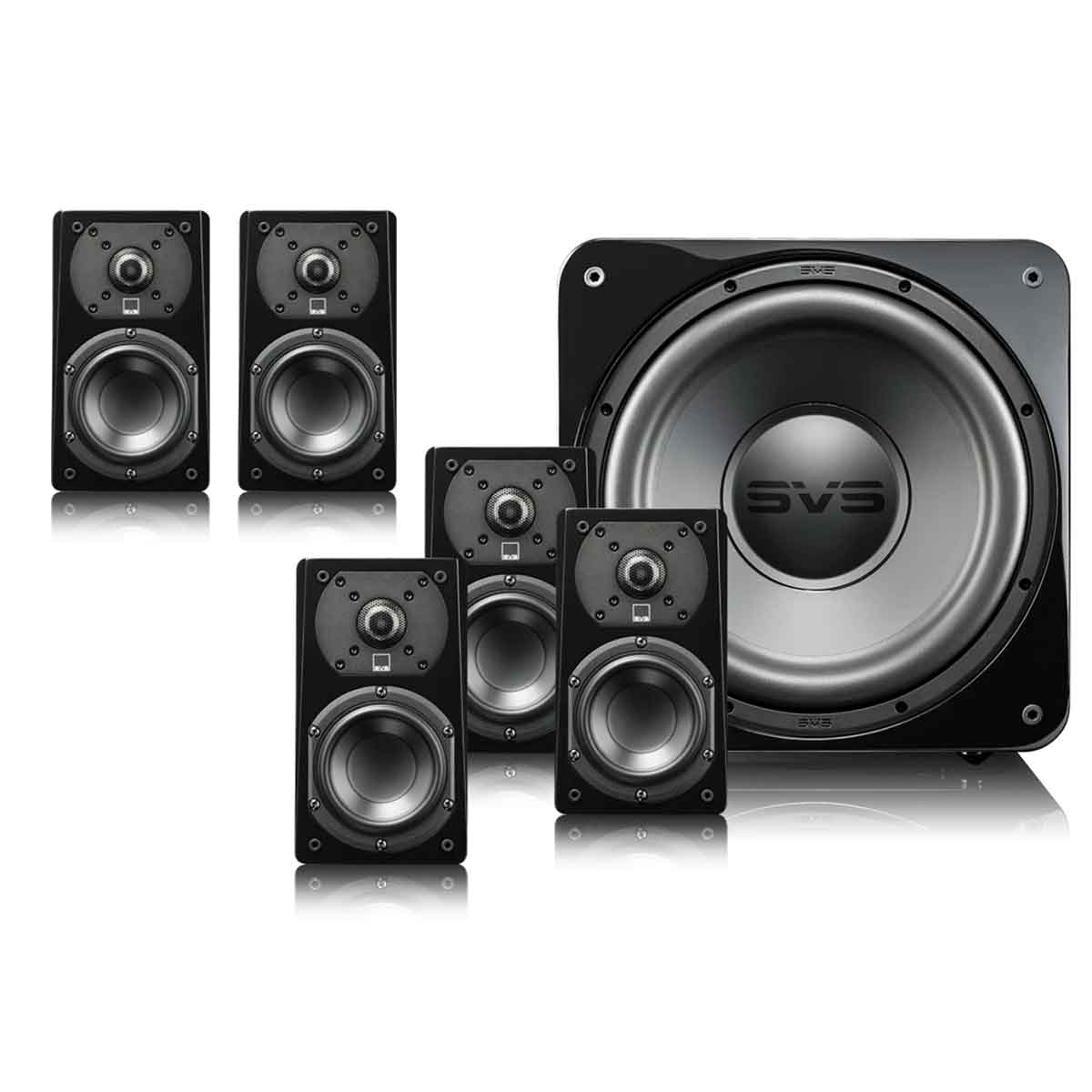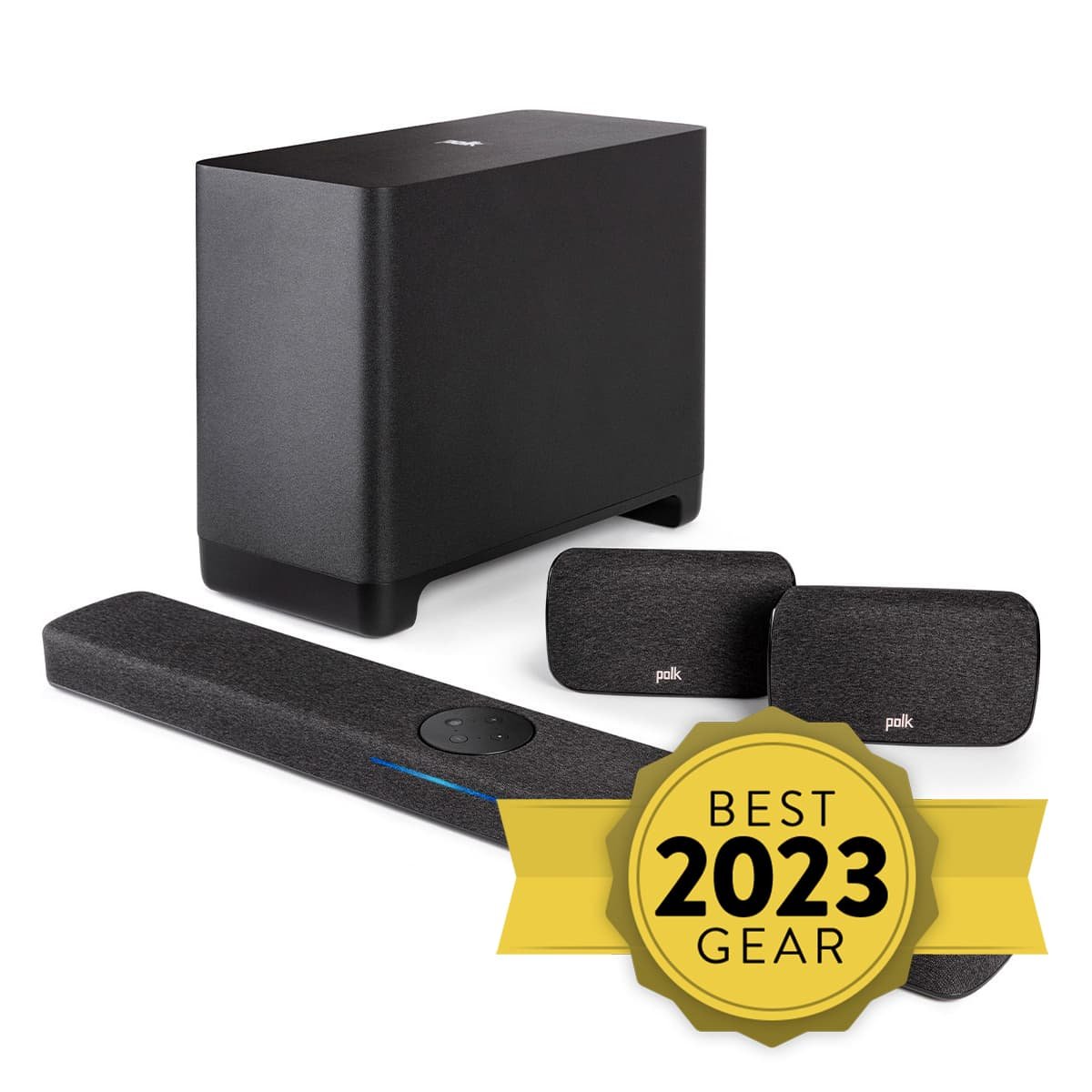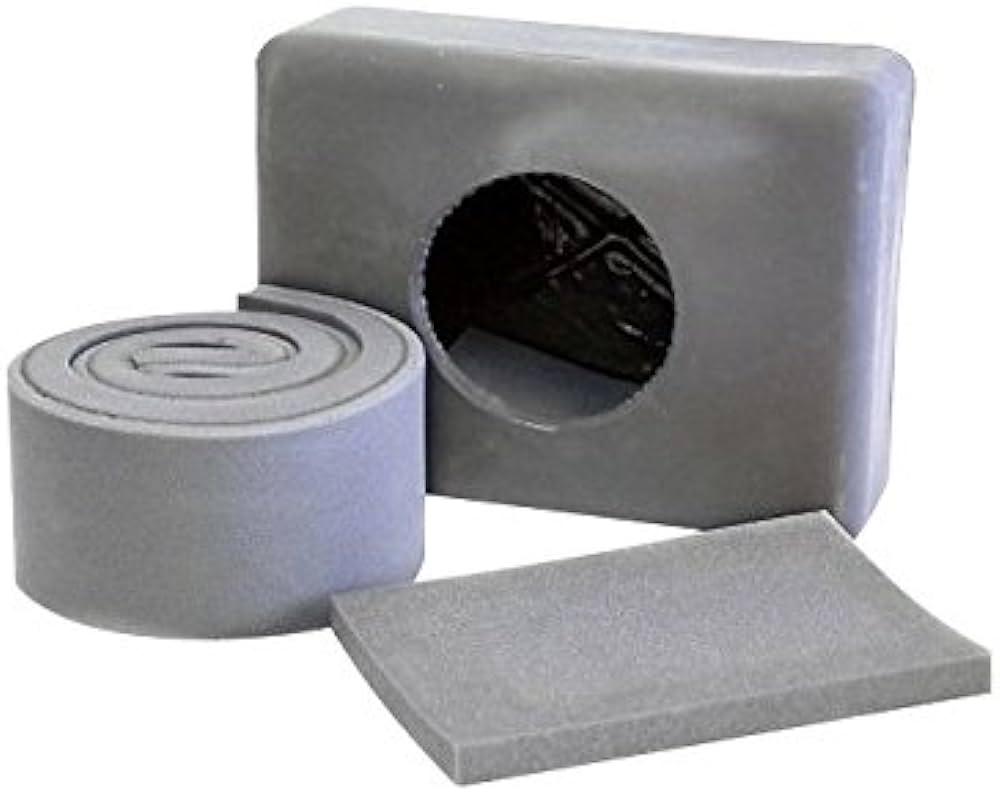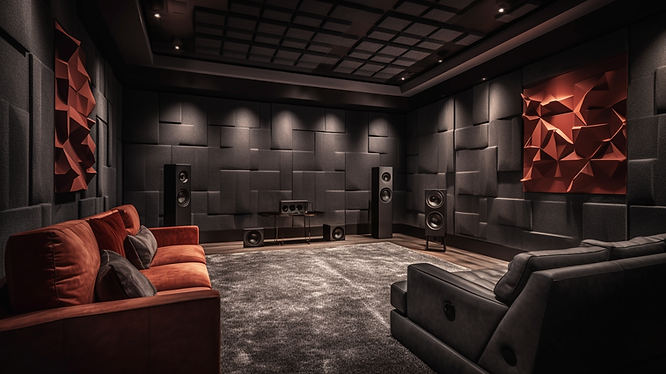Maintaining Your Home Entertainment System: A Comprehensive Guide
Introduction
Having a home entertainment system is a great way to enjoy movies, music, and games in the comfort of your own home. However, like any other electronic device, it requires regular maintenance to ensure optimal performance and longevity. In this comprehensive guide, we will provide you with essential tips and tricks to help you maintain your home entertainment system and keep it running smoothly for years to come.
1. Clean Your Equipment Regularly
Keeping your home entertainment system clean is essential for its optimal performance and longevity. Dust and dirt can accumulate on your devices, affecting their functionality. Use a soft, lint-free cloth to wipe down your television, speakers, and other components regularly. Avoid using harsh chemicals or abrasive materials that could damage the surfaces.
2. Organize and Manage Cables
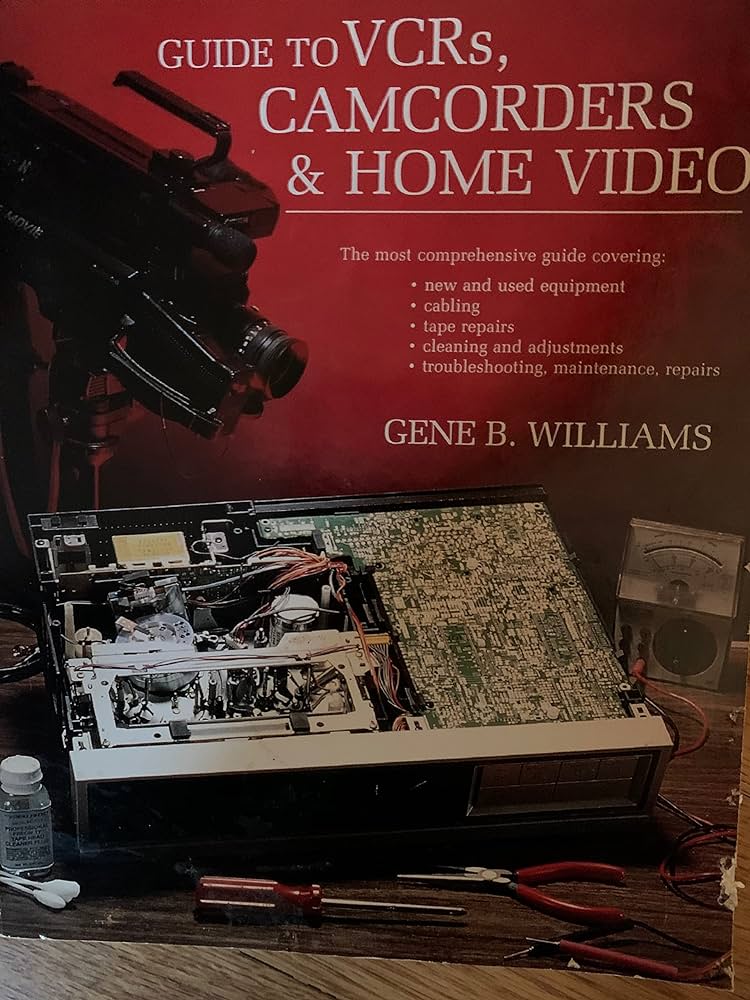
The tangled mess of cables behind your entertainment system not only looks unsightly but can also cause issues. Take the time to organize and manage your cables properly. Use cable ties or clips to secure them and keep them neatly arranged. This not only improves the aesthetics but also prevents accidental tripping or damage to the cables.
3. Ensure Proper Ventilation
Overheating can be a significant problem for your home entertainment system. Make sure that your devices have enough space around them for proper ventilation. Avoid placing them in enclosed spaces or stacking them on top of each other. Adequate airflow helps prevent overheating and ensures the longevity of your equipment.
4. Update Firmware and Software
Regularly updating the firmware and software of your devices is crucial for their performance and security. Manufacturers often release updates that fix bugs, improve functionality, and enhance compatibility. Check for updates on the manufacturer’s website or use the built-in update feature in your devices to keep them up to date.
5. Use Surge Protectors
Power surges can damage your home entertainment system, so it’s essential to protect it. Invest in high-quality surge protectors and connect your devices to them. Surge protectors help regulate the voltage and protect your equipment from sudden power spikes. Additionally, they often come with additional features like USB ports and cable management.
6. Calibrate Your Display
To enjoy the best possible picture quality, consider calibrating your television or projector. Most devices have built-in calibration tools or presets that can help you optimize the display settings. Alternatively, you can hire a professional to calibrate your system for the best results.
7. Keep Your Remote Controls Clean
Remote controls are often overlooked when it comes to.
Summary
Maintaining your home entertainment system is crucial to ensure its longevity and optimal performance. This comprehensive guide will provide you with essential tips and tricks to help you keep your system running smoothly. From cleaning and dusting to organizing cables and updating software, we will cover all aspects read more of maintenance. By following these guidelines, you can enjoy uninterrupted entertainment and get the most out of your home entertainment system.
- Q: How often should I clean my home entertainment system?
- A: It is recommended to clean your home entertainment system at least once every three months to prevent dust buildup and ensure optimal performance.
- Q: What is the best way to clean my television screen?
- A: To clean your television screen, use a microfiber cloth slightly dampened with water or a screen-cleaning solution specifically designed for electronics. Avoid using harsh chemicals or abrasive materials.
- Q: How can I prevent overheating of my audio/video receiver?
- A: To prevent overheating, make sure your audio/video receiver has proper ventilation and is not placed in an enclosed cabinet. Keep the surrounding area clear of any obstructions and consider using a cooling fan if necessary.
- Q: Should I unplug my devices during a thunderstorm?
- A: It is advisable to unplug your home entertainment system during a thunderstorm or when there is a possibility of power surges to protect your devices from potential damage.
- Q: How often should I replace the batteries in my remote control?
- A: The frequency of battery replacement depends on the usage of your remote control. As a general guideline, it is recommended to replace the batteries every 6-12 months or when they show signs of low power.
- Q: Can I use compressed air to clean my gaming console?
- A: It is not recommended to use compressed air directly on your gaming console as it may cause damage. Instead, use a soft brush or cloth to gently remove dust from the surface.

Welcome to my website! My name is William Spence, and I am a professional Home Entertainment System Installer with a passion for all things related to smart home gadgets, home entertainment systems, computing essentials, and home office setups. With years of experience in the industry, I am dedicated to providing top-notch services and helping individuals transform their homes into smart, efficient, and enjoyable spaces.

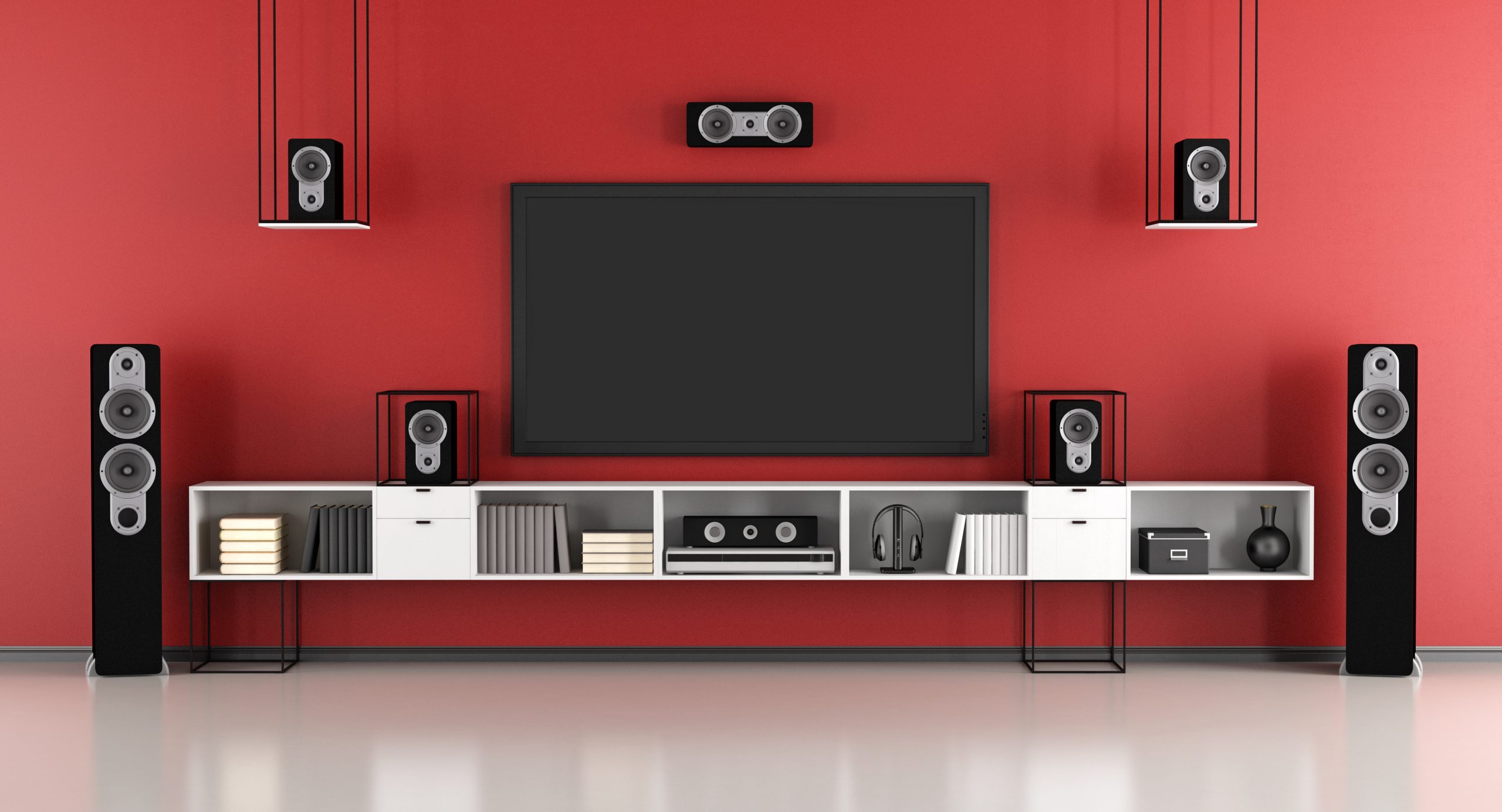
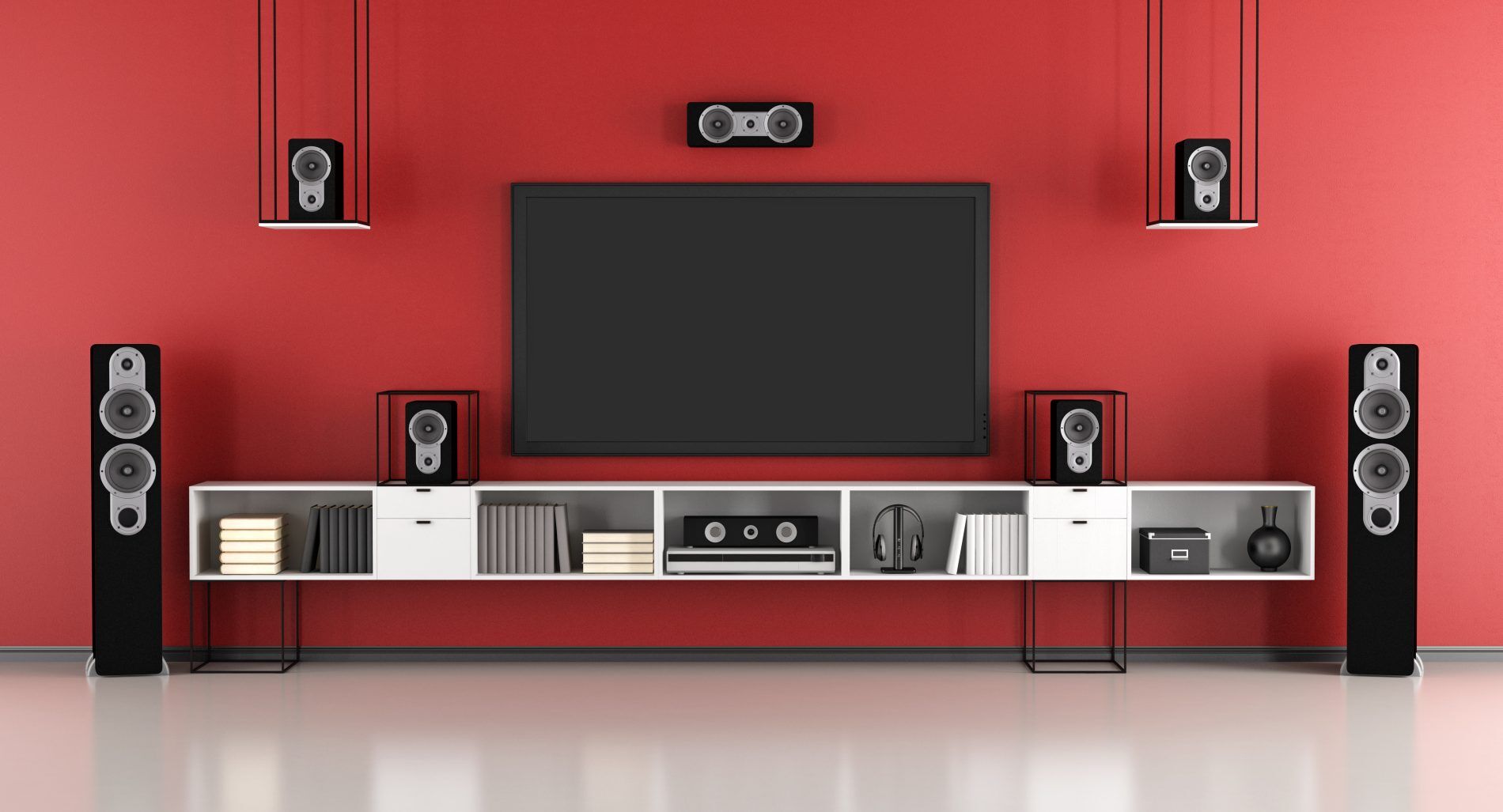
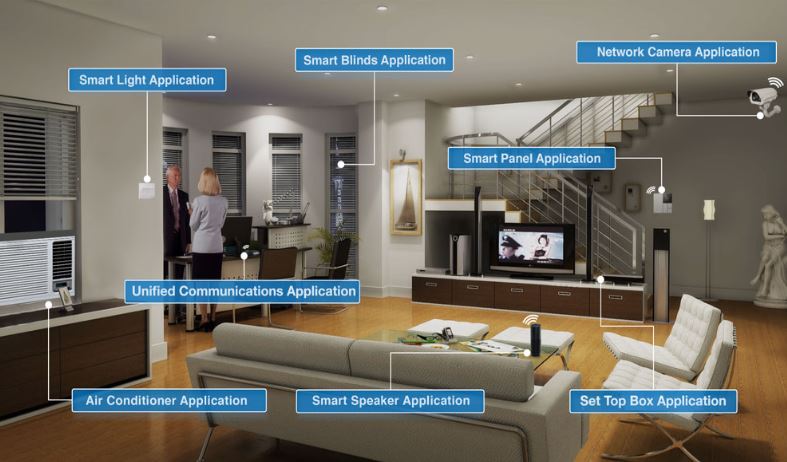
_max_bytes(150000)_strip_icc()/smart-home.asp-final-5de0da3d6d8a474f9028d26c957255fe.png)

